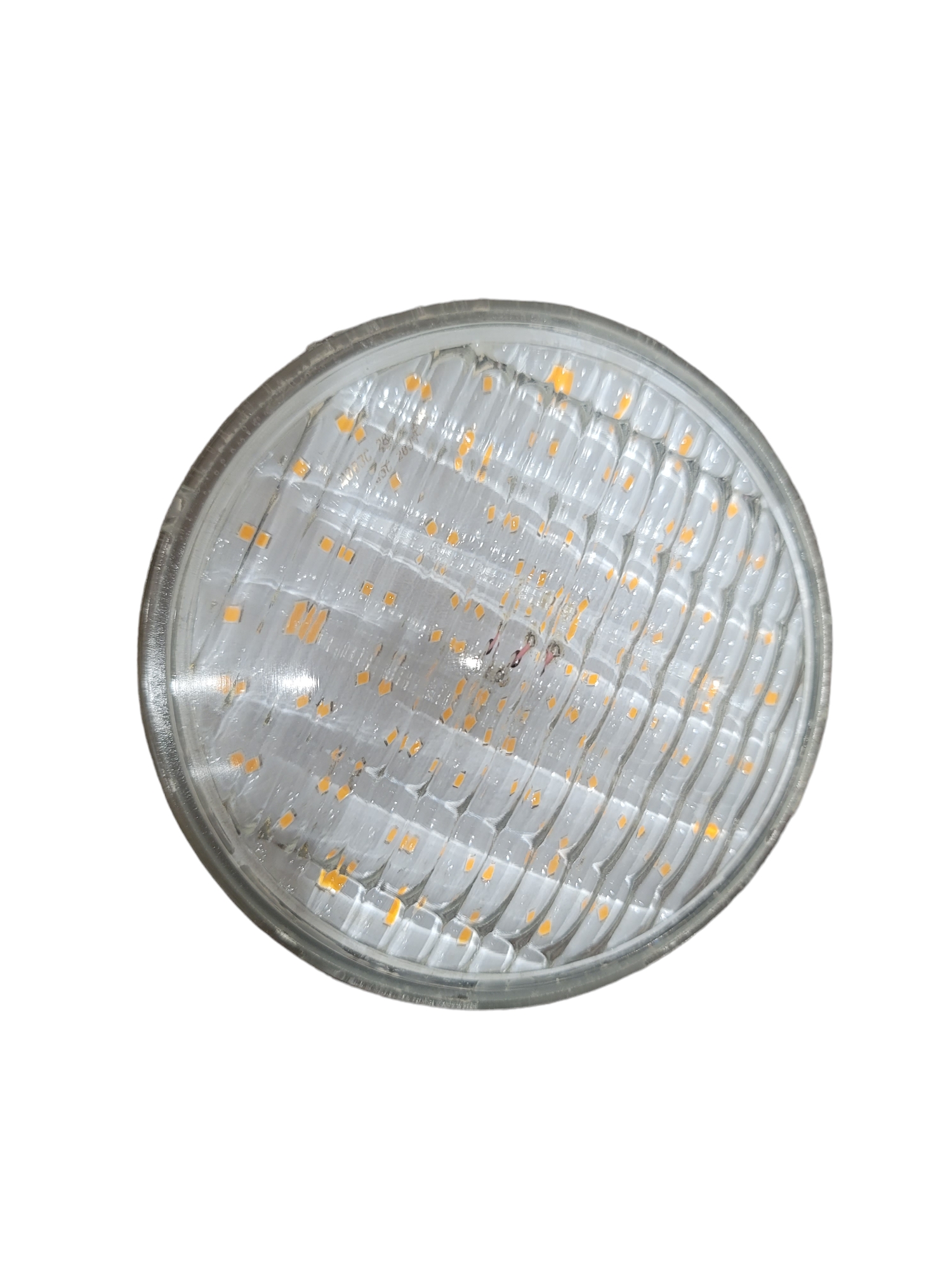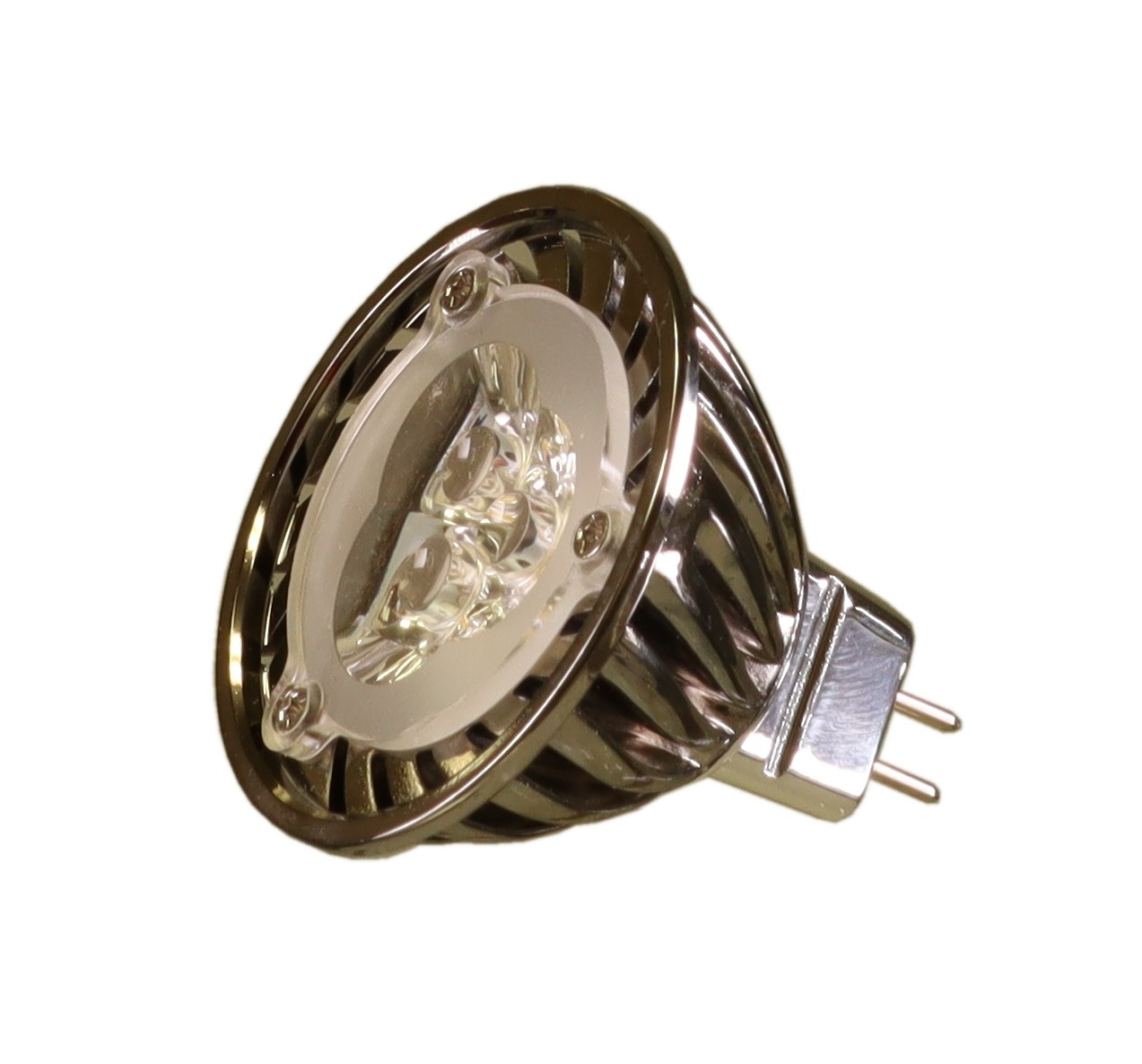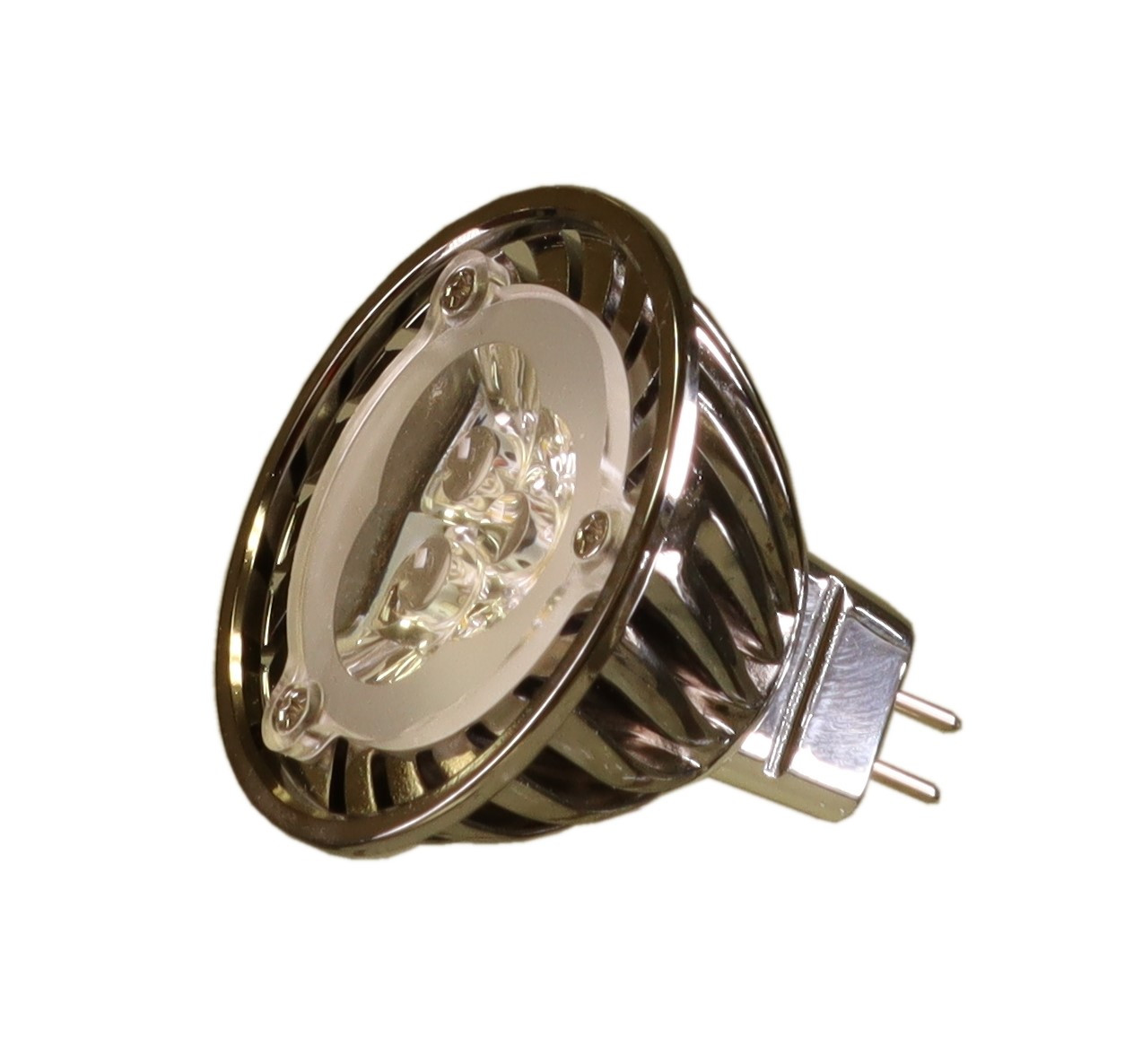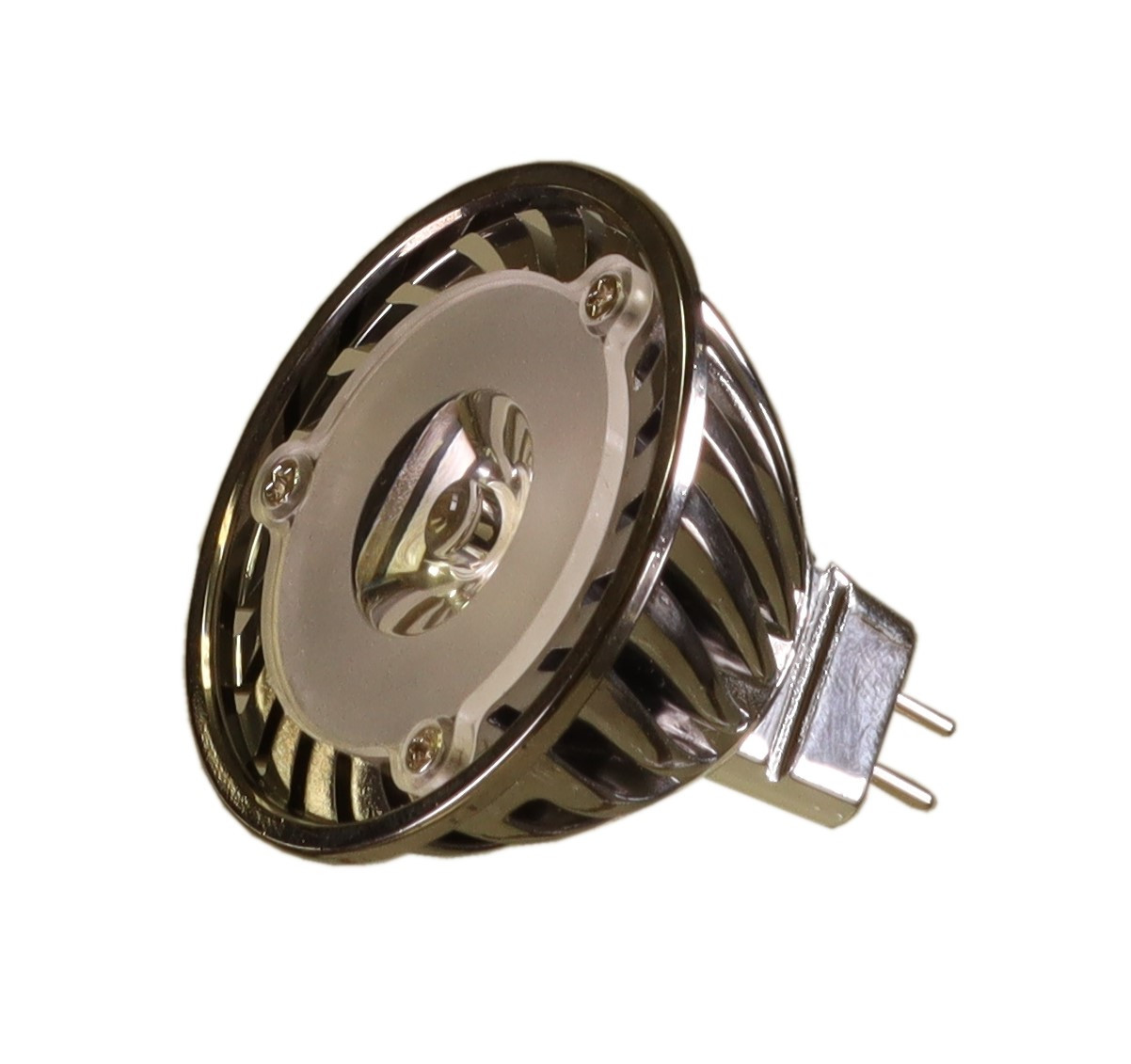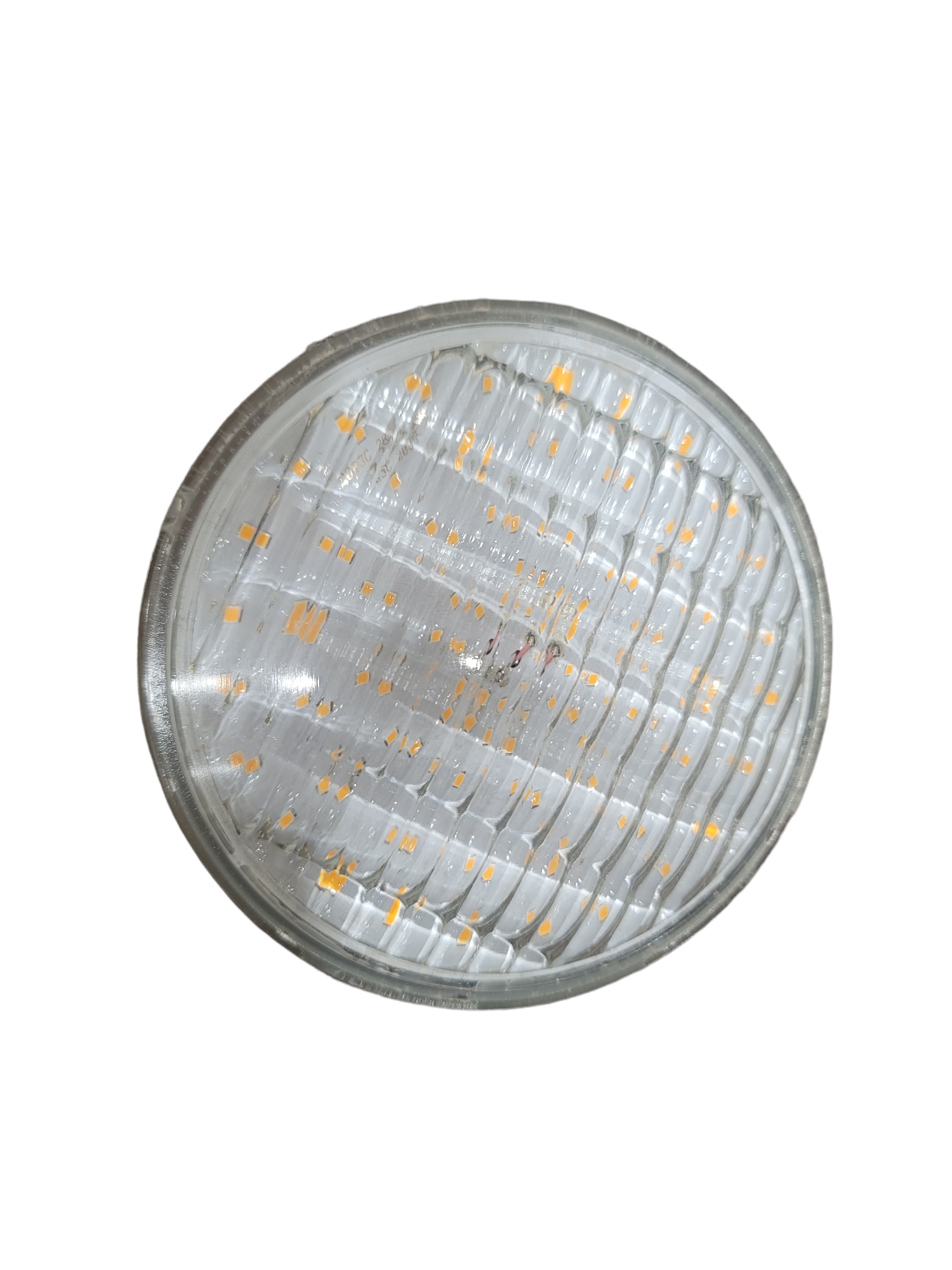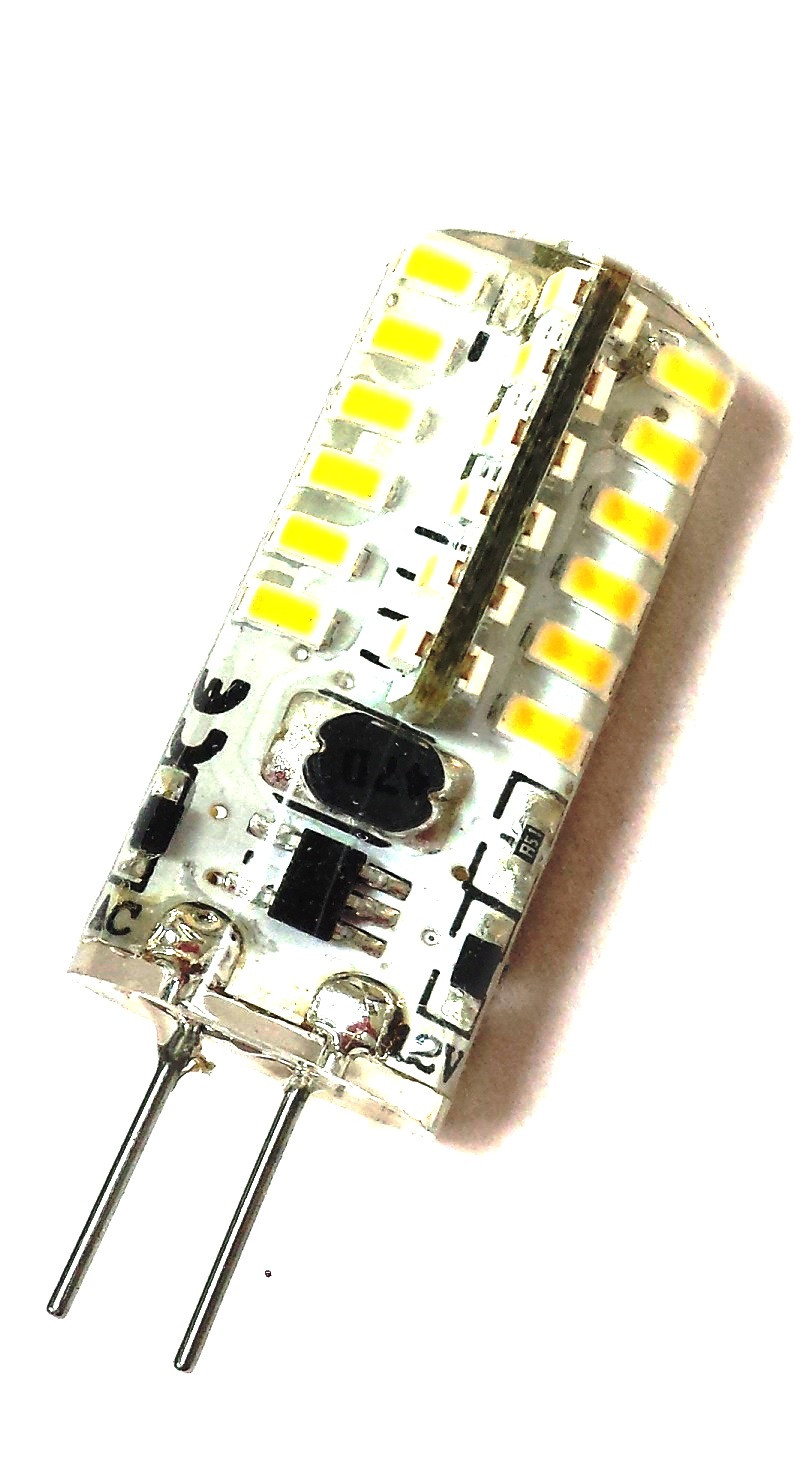What makes a Good Outdoor LED light bulb?
Outdoor LED bulbs have changed the way we illuminate our outdoor spaces. Unlike ordinary bulbs, outdoor LED light bulbs can withstand rough weather conditions like rain, winds, and extreme temperatures. Due to their resilience to perform well in damp locations, these fixtures possess a longer lifespan and require fewer replacements.
Another crucial difference is energy efficiency. LED Outdoor light bulbs consume significantly less energy than traditional bulbs, which often translates to lower energy bills and a reduced carbon footprint. Moreover, when choosing the correct wattage for outdoor LED lights, it's important to consider the intended purpose. Lower wattages (typically 4-6 watts) suffice for ambient lighting, creating a gentle glow. Opt for higher wattages (10-20 watts) for brighter light or home security purposes. Since there is no one-size-fits-all approach to outdoor lighting, you should also consider the lumens needed for a desired space to determine the brightness you will get.
Are outdoor LED light bulbs all suitable for use outside?
Absolutely! If an LED light bulb states that it can be used outside, this means this particular fixture is built to withstand a wide variety of weather conditions such as colder temperatures, extreme heat, rain, and humidity.
Unlike regular light bulbs, outdoor LED bulbs thrive in unpredictable conditions for two main reasons:
First, these bulbs are more durable and manufactured specifically to withstand shifting weather conditions like rain, snow, and extreme heat. Many outdoor LED bulbs are also designed to perform well with moisture, temperature fluctuation, and even UV exposure. When selecting bulbs, check the packaging for an "Outdoor" or "Damp/Wet Location" rating.
Second, energy-efficient illumination is one of the many benefits of LED technology. LED bulbs consume 80% less energy than conventional bulbs, which helps save the environment AND your bank account.
Did you know that light bulbs for outdoor lamps can also be used to brighten patios, gardens, and pathways? These versatile bulbs are designed to handle outdoor conditions, offering both durability and efficiency. Choose LED light bulbs for outdoor lamps to enjoy long-lasting, energy-saving illumination for your exterior spaces.
Best Pro Lighting offers a wide selection of outdoor landscape light bulbs, including energy-efficient 3W LED bulbs, 9W bulbs, and the ideal garden LED bulb for enhancing your yard or pathways. Durable and long-lasting, our LED landscape bulbs bring beauty and brightness to any outdoor space.
What are the different types of outdoor LED light bulbs?
When thinking of your outdoor lighting installation, consider the different types of LED bulbs:
Motion sensor LED lights: An innovative combination of LED technology with motion detection capabilities, motion sensor LED lights only turn on when they sense movement, instantly illuminating the area. These LED lights are mostly used in driveway, pathway, and entranceway settings, providing both convenience and added security to any outdoor space. Motion sensor LED lights are also excellent as an energy-efficient solution as they only activate illumination when it’s needed, significantly conserving electricity and extending the already lengthy bulb life.
Factors to consider when choosing outdoor LED bulbs
Selecting the most suitable outdoor LED bulbs for your space will require the following considerations:
1. Watts: While watts were used mainly to measure the brightness of incandescent bulbs, with LEDs, it's a different story. LED bulbs consume far less energy, so wattage doesn't directly correlate to brightness. Instead, focus on lumens to gauge the bulb's brightness level.
2. Lumens: Lumens measure the actual brightness emitted by the bulb. The higher the lumens, the brighter the light, while lower lumens offer a dimmer, softer lighting. For outdoor applications, first consider how brightly you want your outdoor area to be illuminated. Pathway lighting, for example, requires fewer lumens compared to security floodlights. Refer to the packaging for lumens information to ensure your chosen LED bulb meets your lighting needs.
3. Hours: LED bulbs have an impressive lifespan, often lasting tens of thousands of hours. The longevity of LED light bulbs is especially beneficial for outdoor use, where accessing and replacing bulbs can be challenging. Look for the estimated lifespan of the LED bulb on the packaging to gauge its durability.
Benefits of using outdoor LED light bulbs
Outdoor LED bulbs offer many benefits, but it all boils down to energy-efficiency, cost savings, and durability.
1. Energy efficiency: Outdoor light bulbs are renowned for their energy efficiency benefits. Unlike regular bulbs, LED light bulbs convert more energy into light than heat. This reduces electricity consumption and minimizes the strain on power sources, reducing carbon footprints through energy savings.
2. Cost Savings: The energy efficiency of outdoor LED light bulbs directly translates to substantial cost savings. These bulbs can significantly reduce energy bills over time by consuming less electricity. Their extended lifespan also means fewer replacements, further decreasing the maintenance costs of outdoor LED lights.
3. Durability: Outdoor LED light bulbs are built to withstand the elements. These weather-resistance bulbs are resistant to shock, vibrations, and extreme temperatures, making them a durable option for outdoor environments. This longevity is especially valuable in areas with harsh weather conditions, ensuring consistent and reliable performance.
Installing outdoor LED light bulbs: A step-by-step guide
Installing outdoor LED light bulbs is quite a straightforward process and is just as easy as installing a regular bulb.
Here's a simple step-by-step guide to help you get started:
1. Safety first: Before beginning any electrical work, ensure the power is off by checking the circuit breaker.
2. Choose the right bulb: Select the correct LED bulbs for your desired look and purpose, keeping lumens and color temperature in mind.
3. Remove the old bulb: If replacing an existing bulb, carefully remove it from the socket once the power is off. Remember to allow the old bulb to cool if it has been used before the removal.
4. Insert the LED bulb: Gently insert the bulb into the socket. Twist the bulb clockwise until securely in place.
5. Test the bulb: Turn the power back on and test the LED bulb to ensure that it illuminates properly.
6. Regular maintenance: While LED bulbs require less maintenance, you should periodically clean them from dirt and debris to maintain brightness.
If you're unsure about any step, please consult a professional electrician.
Conclusion
Outdoor LED lighting is becoming increasingly popular, proven as the trends in LED technology continue to grow. From smart controls to remote adjustments and scheduling, the wide array of LED lighting options is guaranteed to create convenience and enhance security in your outdoor space.
Beyond practicality, outdoor LED lighting can also be applied creatively, lighting small backyard parties or transforming garden landscapes into enchanting nighttime retreats—the versatility of this durable, energy-efficient lighting solution knows no bounds.
For those seeking quality outdoor LED lighting, Best Pro Lighting has your solutions. With a wide range of durable and energy-efficient options, Best Pro Lighting offers everything from path lights to floodlights, making it easier than ever to create captivating outdoor environments.
